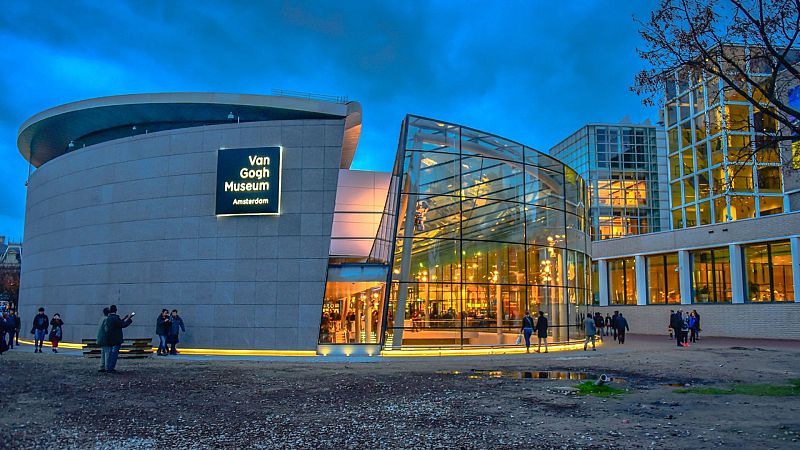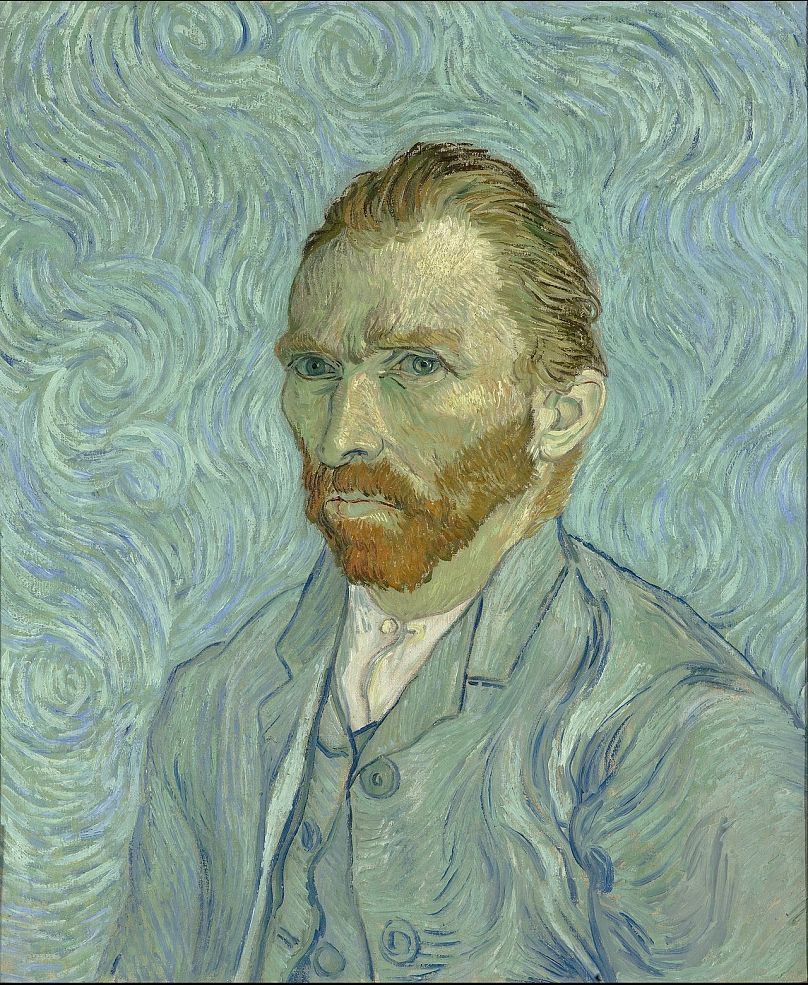Van Gogh Museum warns of closure unless Dutch state meets €2.5m funding shortfall

Amsterdam's Van Gogh Museum, home to the world’s largest collection of works by Vincent van Gogh, has issued an extraordinary warning: without fresh government funding, it may be forced to shut its doors.
The museum says a shortfall in state support threatens a €104m renovation plan - and with it the safety of the paintings, the well-being of visitors and the future of one of the Netherlands’ most visited cultural landmarks.
“If this situation persists, it will be dangerous for the art and dangerous for our visitors,” Emilie Gordenker, the museum's director, told The New York Times. “This is the last thing we want - but if it comes to that, we would have to close the building.”
The conflict dates back to the genesis of the museum.
After Van Gogh’s death his nephew, V.W. van Gogh - known in the documents as “the Engineer” - placed the family collection into a foundation in 1962, on the condition that the Dutch state create and maintain a museum to keep the art together and accessible to the public.
When the Van Gogh Museum opened in 1973 the promise seemed secure. What followed was nearly half a century of extraordinary public interest: since opening the museum has welcomed almost 57 million in total - and numbers peaked at about 2.6 million in 2017.
In recent years the museum has continued to attract large audiences, reporting roughly 1.8 million visitors in 2024 - making it Amsterdam’s second most-visited museum, after the Rijksmuseum.
In spring this year it staged a landmark joint exhibition with the Stedelijk Museum of the work of Anselm Kiefer - a show titled "Where Have All The Flowers Gone?" that placed the German painter's monumental canvases and installations in dialogue with Van Gogh’s legacy. Later in the year, parts of the programme travelled to London’s Royal Academy, where they remain on display.
But running a successful museum comes at a cost. The building that has coped with those crowds since the early 1970s is showing its age: ventilation and climate control systems are past their useful life, safety, accessibility and sustainability standards have moved on, and new legal obligations on public buildings require costly upgrades.
The Van Gogh Museum has therefore drawn up “Masterplan 2028” - a three-year programme of essential maintenance, technical replacement and sustainability works budgeted at €104m.
The museum says it can cover parts of the project from reserves and by shouldering lost revenue from partial closures, but argues it needs an annual guaranteed state contribution of about €11m to finance the works and to build a long-term maintenance reserve. The ministry currently offers €8.5m a year, leaving an annual shortfall of €2.5m.
The Vincent van Gogh Foundation, which legally owns the collection, has supported the museum’s line, noting that the original 1962 contract places an obligation on the state to provide and maintain suitable housing for the works.
Today


